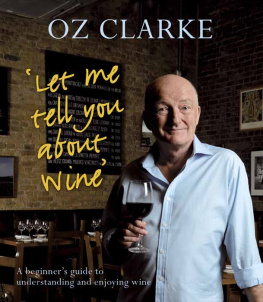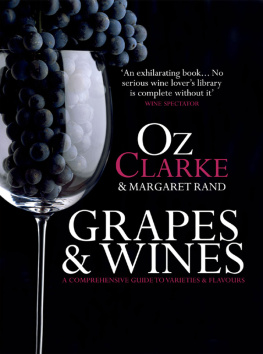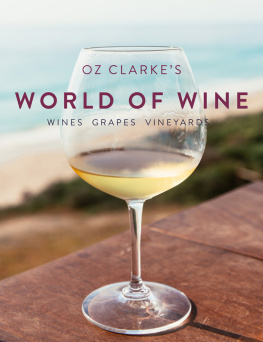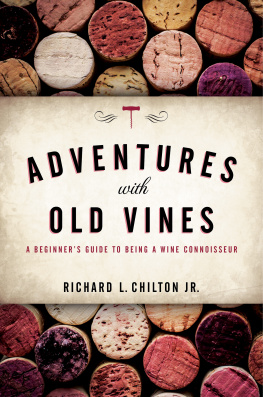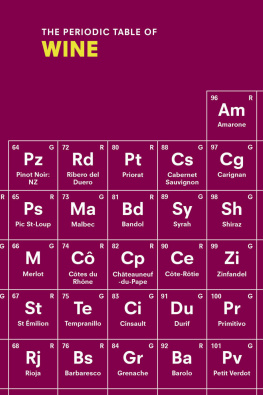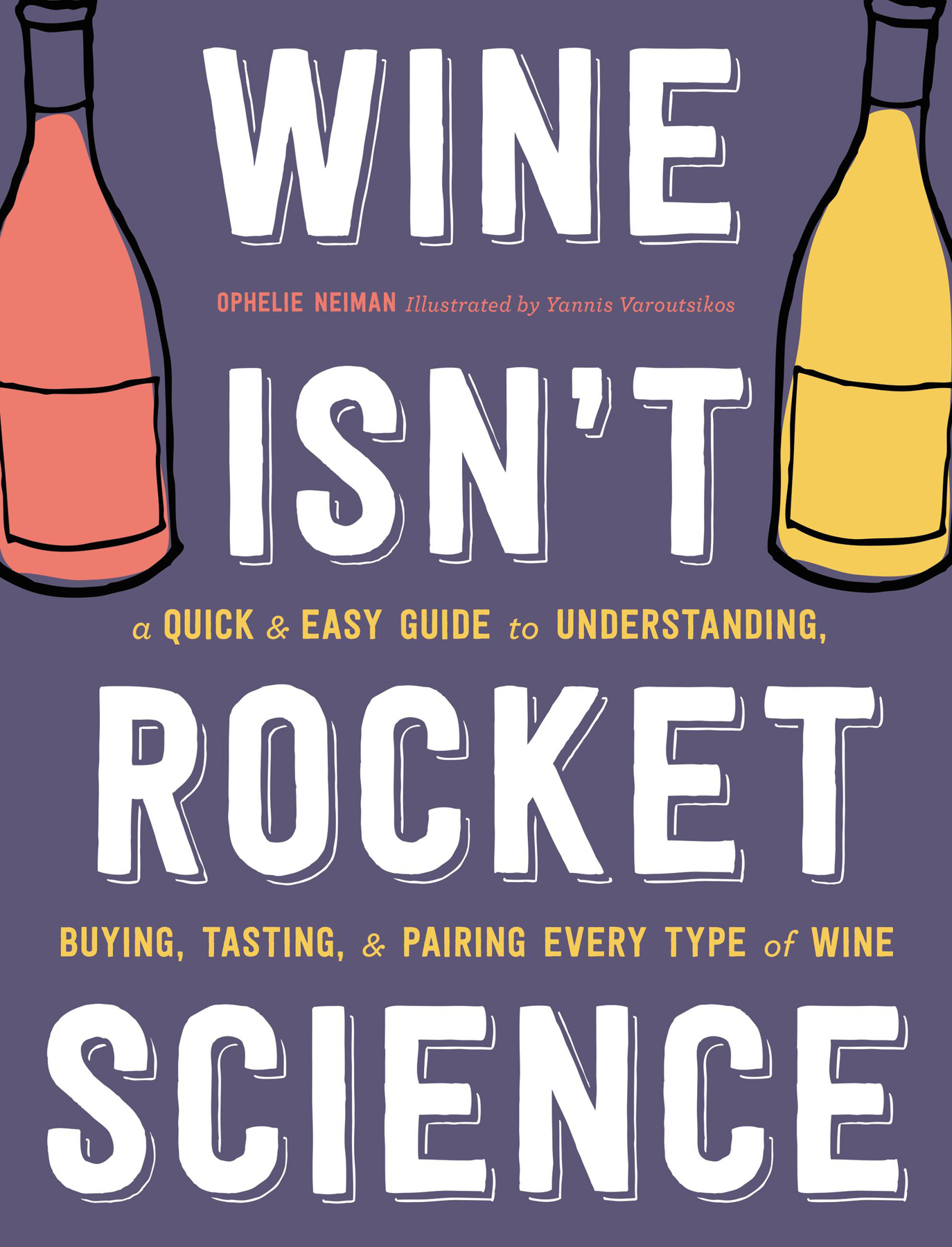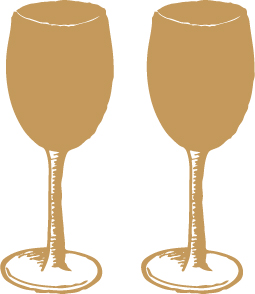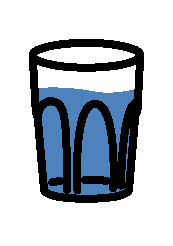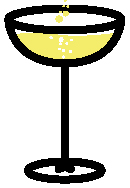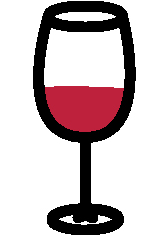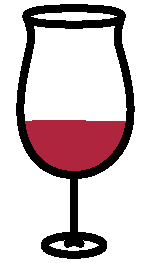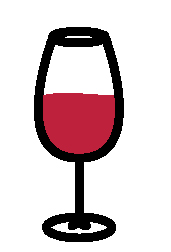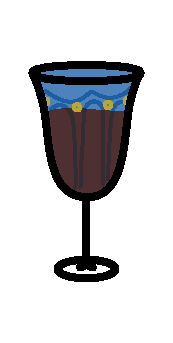Thank you for buying this ebook, published by HachetteDigital.
To receive special offers, bonus content, and news about ourlatest ebooks and apps, sign up for our newsletters.
Le Vin Ces Pas Sorcier copyright Hachette Livre (Marabout), Paris, 2013
English translation copyright 2017 by Black Dog & Leventhal Publishers
Cover design by Amanda Kain
Cover illustrations Yannis Varoutsikos
Cover copyright 2017 by Hachette Book Group, Inc.
Hachette Book Group supports the right to free expression and the value of copyright. The purpose of copyright is to encourage writers and artists to produce the creative works that enrich our culture.
The scanning, uploading, and distribution of this book without permission is a theft of the authors intellectual property. If you would like permission to use material from the book (other than for review purposes), please contact permissions@hbgusa.com. Thank you for your support of the authors rights.
Black Dog & Leventhal Publishers
Hachette Book Group
1290 Avenue of the Americas
New York, NY 10104
www.hachettebookgroup.com
www.blackdogandleventhal.com
First ebook edition: April 2017
Black Dog & Leventhal Publishers is an imprint of Hachette Books, a division of Hachette Book Group. The Black Dog & Leventhal Publishers name and logo are trademarks of Hachette Book Group, Inc.
The publisher is not responsible for websites (or their content) that are not owned by the publisher.
The Hachette Speakers Bureau provides a wide range of authors for speaking events. To find out more, go to HachetteSpeakersBureau.com or call (866) 376-6591.
ISBNs: 978-0-316-43130-9 (hardcover); 978-0-316-43129-3 (ebook)
E3-20170405-JV-PC
Tonight, Juliette is throwing a party. She has invited her friends Jack, Henry, Caroline, Elizabeth, and Paul. They love to talk about wine a lot, each bringing their own experience to the conversation: Elizabeth is obsessed with the proper etiquette for serving wine; Jack has learned about the flavors and aroma by tasting wine; Henry knows all about how wine is made; Caroline loves to travel and she understands what terroir means; and Paul is building a wine cellar.
Juliette is an amazing hostess. So before her friends arrive, she prepares carefully. She chooses the right glassware, selects the proper wines, and makes sure they are at the right temperature. Its not easy, and she does not want to disappoint her guests. She is not a sommelier who knows exactly how to choose wines to match the food and ambiance of the event. But she is using the information in this book to gain the knowledge she needs to feel like a pro.
She also makes a plan for after the party to clean up the dishes, the glasses, and any wine stains. And if a little bit of wine is left over, its no big deal. She has some ideas for saving it and some recipes for using it. Most important, she wont forget what to do if she gets a hangover. But before the dinner party, she thinks maybe she should organize a blind tasting with games and some surprises.
This chapter is for all the Juliettes in the world who would like to throw a successful party with ease.
Which glasses ?
These are the glasses most commonly found on the table at a dinner party.
1. Water glass Its for serving water. Period. Only put wine in it if its a cheap wine you dont care about. At any rate, if you use this type of glass for wine, you wont smell much. It is useful for serving just a taste.
2. Champagne coupe Pretty, but not very useful for discerning the aromas of Champagne. It was rumored to look like the breast of either Marie Antoinette or Madame Pompadour, Louis XVs mistress.
3. Champagne flute Perfect for tasting Champagne, of course. It could also be used for light and bubbly white wines or aperitifs, such as Kir, port, Madeira or sparkling cocktails.
4. All-purpose INAO/ISO wine tasting glass Although it is very well made, its rarely preferred by wine judges or critics. They are used a lot in restaurants because theyre cheap and great for tasting all types of wines.
5. Burgundy glass It has a big bowl but a smaller rim diameter. Its perfect for Burgundy but also shows off whites or other types of young red wines. It concentrates the aromas so you will have plenty to smell.
6. Grand Cru Burgundy glass This is for lovers of expensive and famous Burgundies. It concentrates the aromas, then disperses them at the rim to spread the bouquet.
7. Bordeaux glass This very tall, tulip-shaped glass works for all wines except delicate whites. It tapers in from the bowl yet the lip is open enough to spread the wine on the tongue, so it works for powerful wines.
8. All-purpose glass Its the same shape as the Bordeaux glass but smaller. It works for light, powerful whites and both young and old reds. It could also be used for powerful Champagnes. Basically, it works for everything and is not specialized for any type of wine.
9. The decorative glass This is generally colored or kitschy and is good for nothingmost definitely not for drinking good wine. It hides the colors and suffocates the aromas. Upcycle it into a little vase or candle holder. Unless its got sentimental value, chuck it.
The reason for using a stemmed glass
A stemmed glass has two uses:
It keeps wine fresh. The stem gives your hand a place to hold the glass other than next to the wine. Warm fingers work like a hot water bottle on the liquid and warm the wine.


